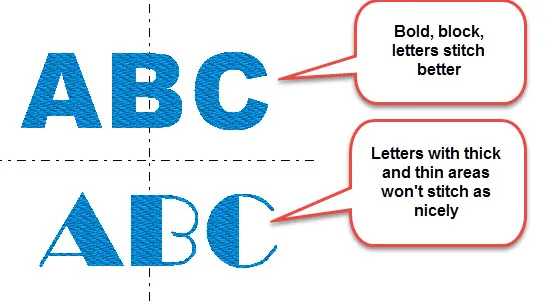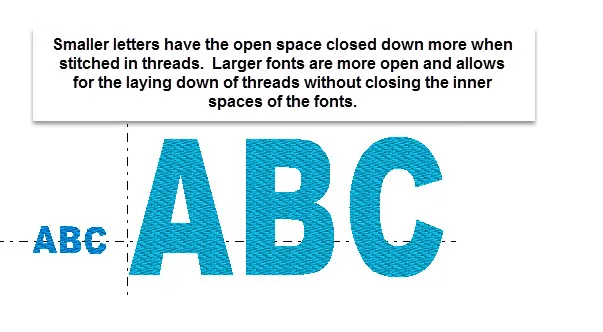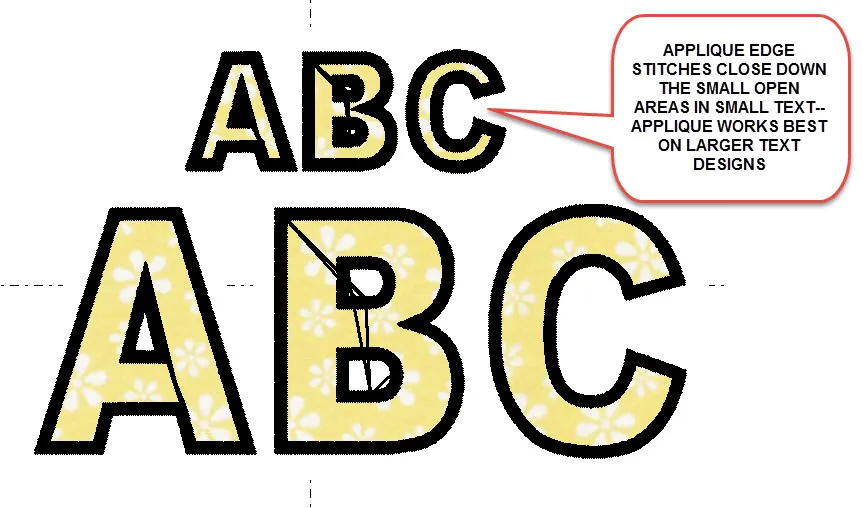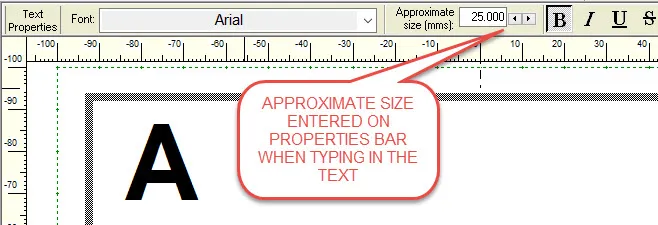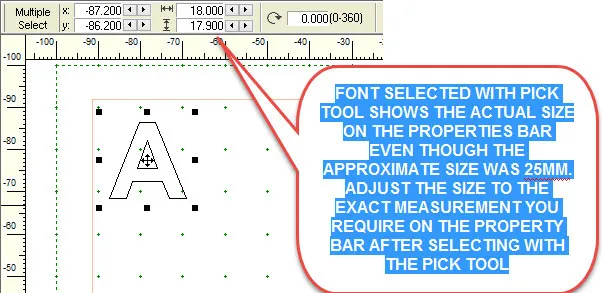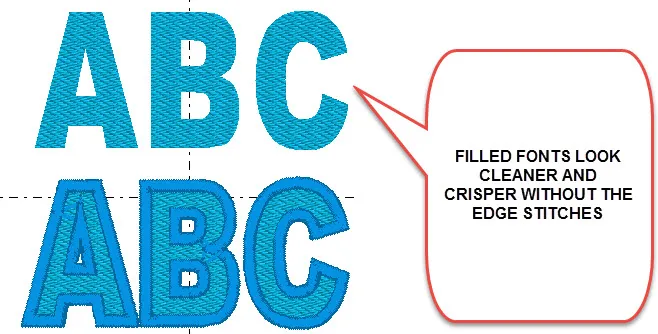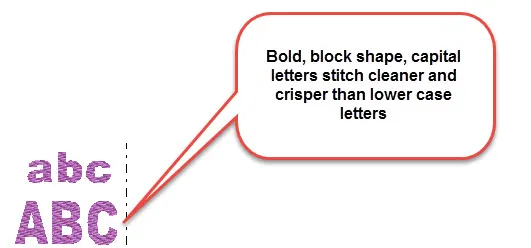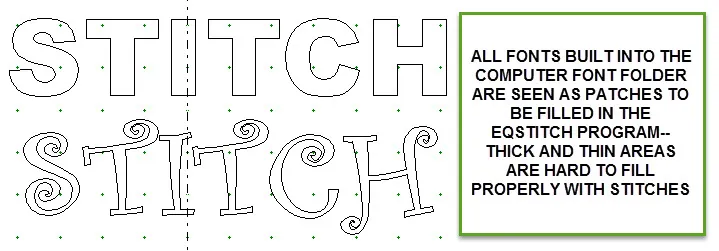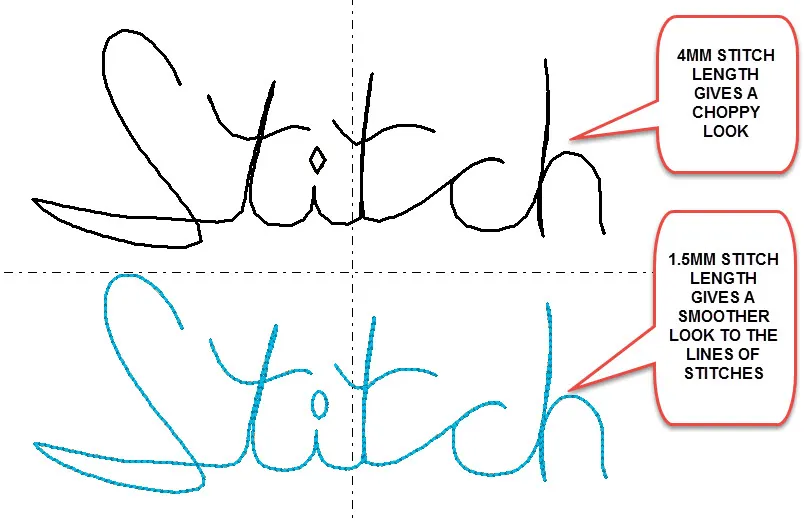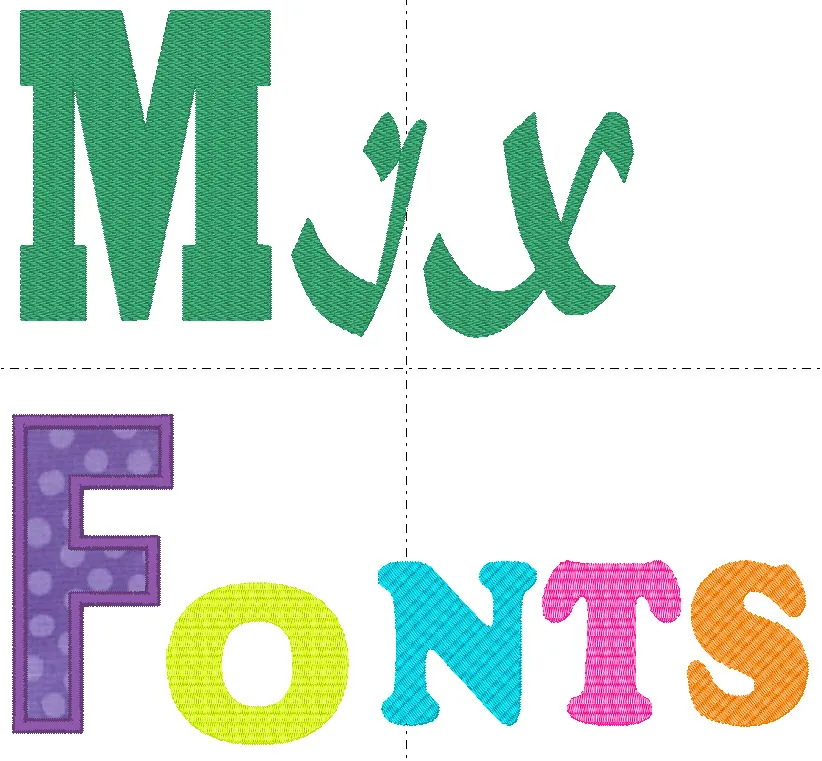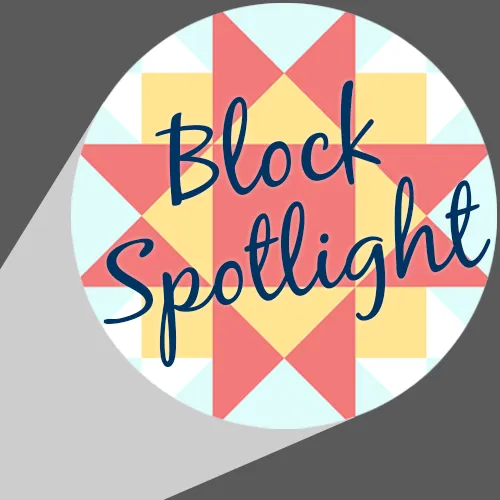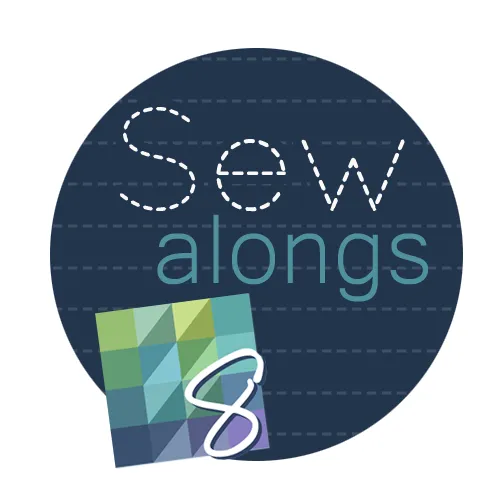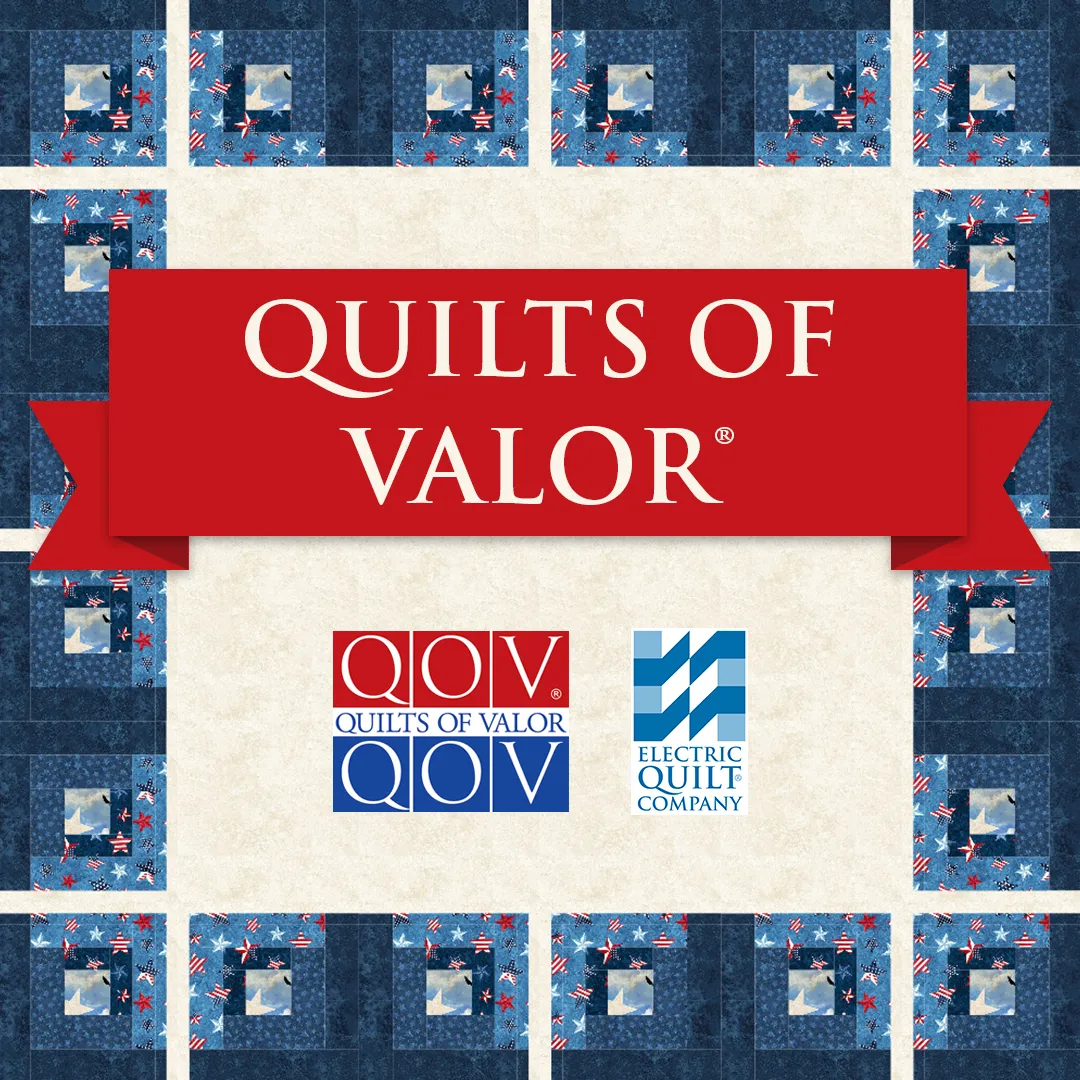Text fonts come in all shapes and sizes but not all fonts will stitch well. Fonts can be letters or small icon shapes. All fonts you have in your computers’ Font Folder on your hard drive will be available in the drop down menu in EQStitch. Below are some tips for dealing with fonts in the EQStitch program.
1. Just because the font is available in the fonts folder and can be accessed by EQStitch does not mean it will stitch well.
2. The smaller the font size the harder it is to read when created with threads.
3. Applique fonts need to be fairly large in order to incorporate the zigzag edge stitches without closing down the font shape.
4. The approximate size on the properties bar when creating text is indeed approximate. If you need an exact size of letter, you need to select it and then type in the size on the property bar at the top of the screen.
5. Stitch filled fonts look best without having an outline edge stitch applied.
6. Capital letters with a block shape and bold setting work well for stitching fonts.
7. All text from the font folder in the drop down menu of EQStitch is seen as patches. They have width to them where you apply the fill stitches.
8. Script fonts are difficult to stitch out nicely. If you want script, use the freehand drawing tool and write your text with cursive penmanship (creates a continuous sew line) to get a true linear design for your font.
9. When using the freehand drawing tool to write your script, you may want to shorten the stitch length on the stitch tab in order to get smoother lines.
10. You can mix and match different fonts into one word by using more than one text box on the artwork tab. You can only use one type of font style in each text box you create.
The above tips are just a few things you can do with the EQStitch program. There is so much more to learn in creating specialized fonts. Consider taking a class at EQUniversity on-line to learn more about dealing with fonts.


